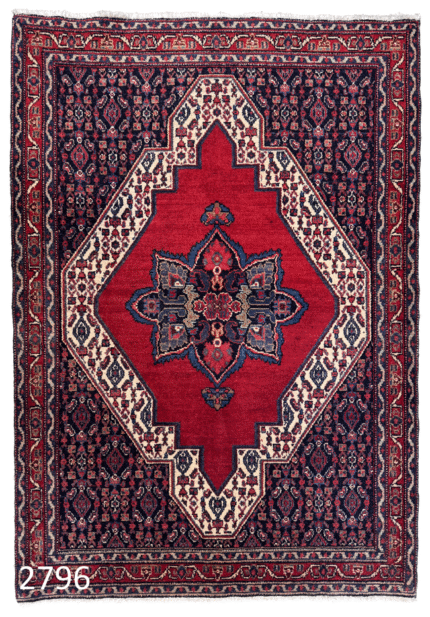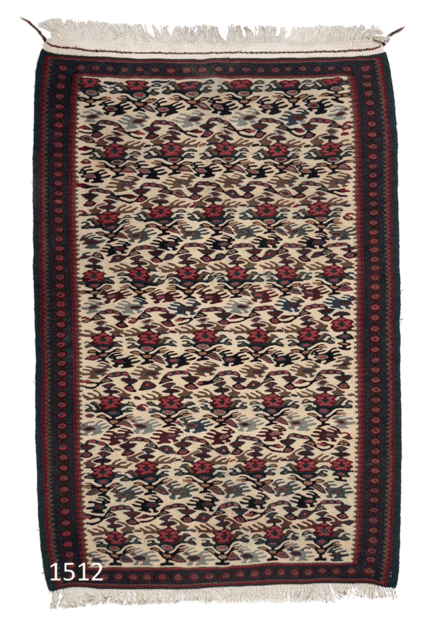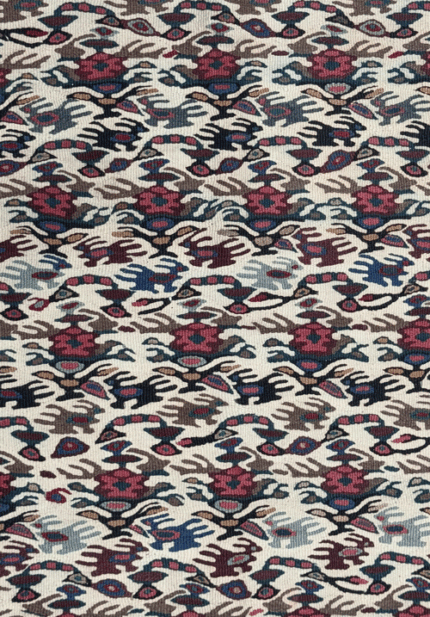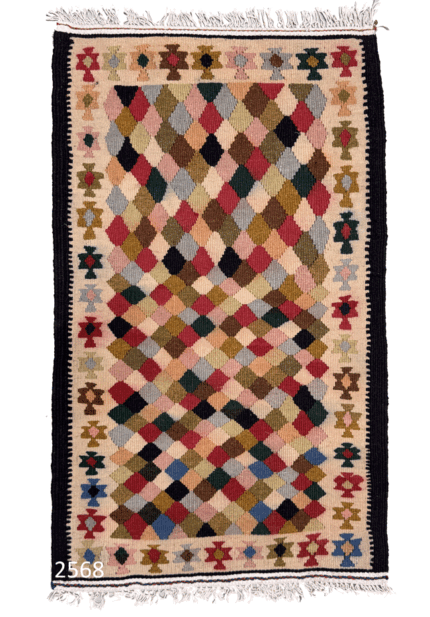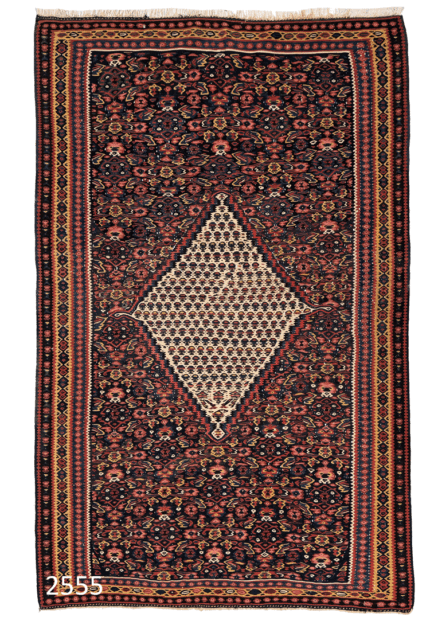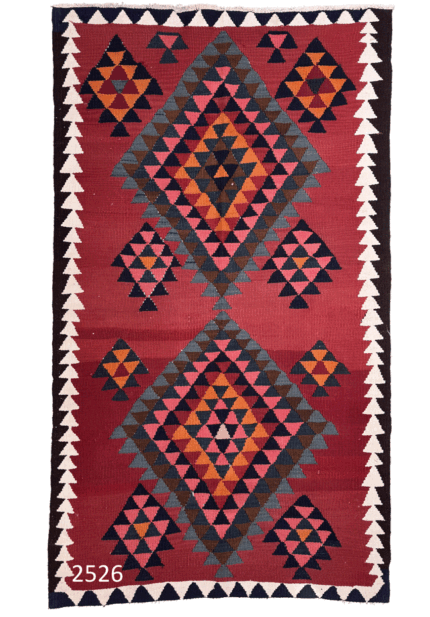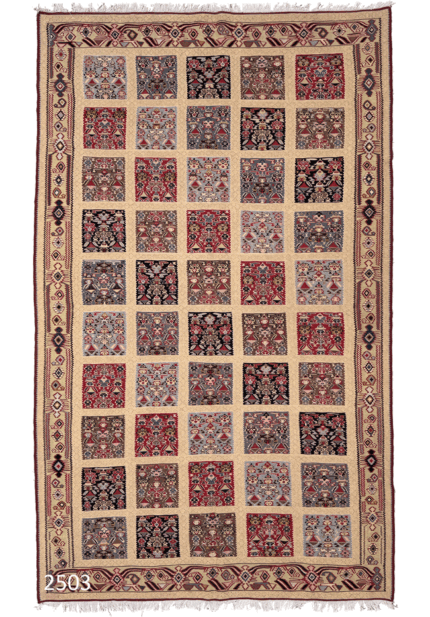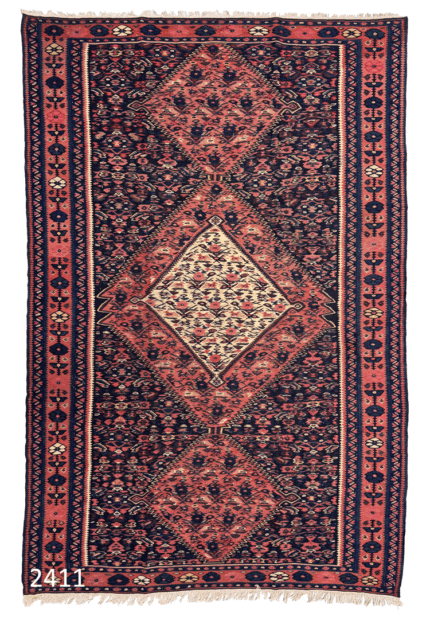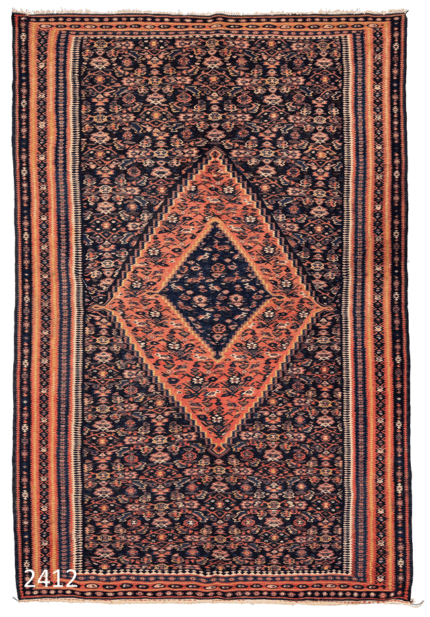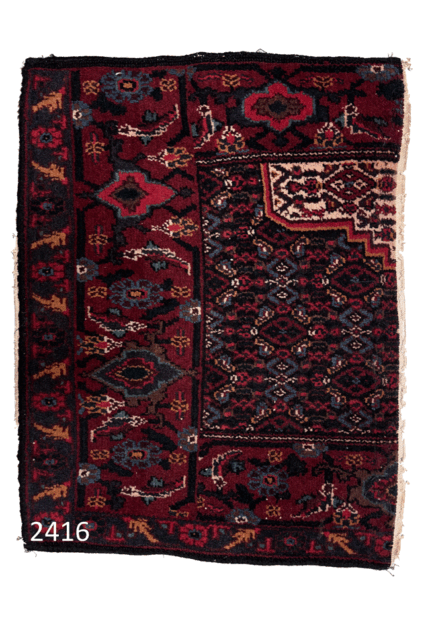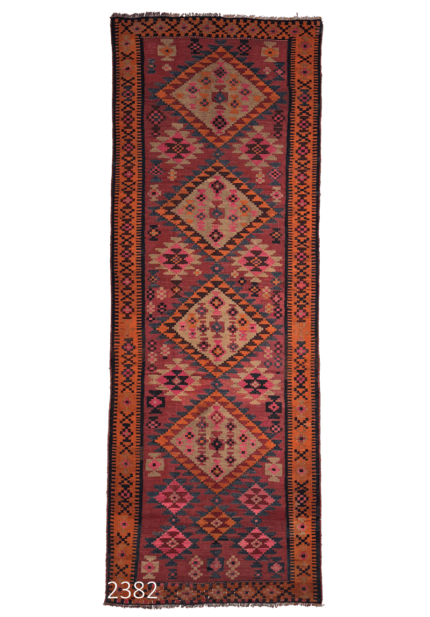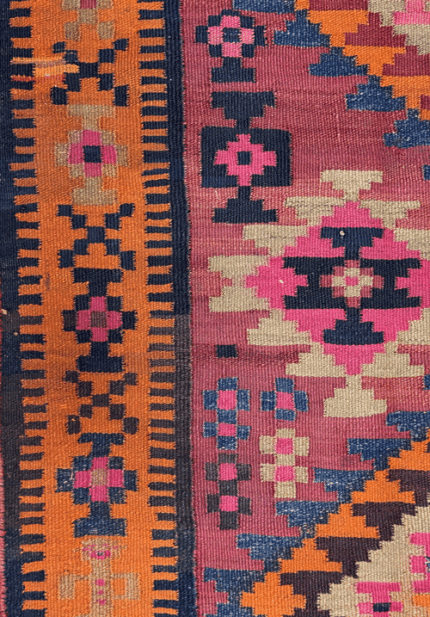Senneh & Bijar
Senneh and Bijar Persian Rugs and Kilims
Showing 1–12 of 149 resultsSorted by latest
Senneh & Bijar Rugs & Kilims
Senneh Rugs and Kilims: Refined Kurdish Weaving from the Highlands of Iran
Sanandaj—historically known as Senneh—is the capital of Kurdistan Province in western Iran, and one of the most important traditional centers of Kurdish rug and kilim weaving. The city’s population is predominantly Kurdish-speaking, and for centuries, Jewish families in Sanandaj played a significant role in the carpet trade. One of the city’s well-known design types is even named the “Jewish pattern”, also referred to as Mousa Khani or Mosaic design.
Since the Qajar period, Senneh has been a major center of Persian carpet production, known for its durable double-wefted construction, bold village-style motifs, and shimmering natural dyes. These dense and heavy rugs—often difficult to fold due to their robust weave—come in a wide variety of layouts, with classic Mahi (Herati), Gol-e Mirza Ali, Kolāh Farangi (European hat), and Mousa Khani patterns being the most recognized.
What truly sets Seneh apart is not just its pile carpets, but its kilims, which are considered some of the finest and most delicate in Iran. These kilims are woven using a curved-weft technique, allowing for soft, rounded motifs—unlike the rigid geometry found in typical slit-weave kilims. This curved-weave method is also shared by other Kurdish and Lak weaving regions like Bijar, Harsin, and Delfan.
Both Senneh rugs and kilims are usually made from handspun wool and dyed with natural plant-based colors, resulting in textiles that are not only beautiful but also sustainable and historically rooted.
Bijar Rugs and Kilims: The ‘Iron Carpets’ of Persian Weaving
Located in the heart of Iran’s Kurdish region, Bijar was once the capital of the historic Garrus province—a cultural zone that today spans parts of Kurdistan, Zanjan, and Hamadan. Known for producing both exceptional hand-knotted carpets and intricately woven kilims, Bijar remains one of the few regions in Iran where both rug and kilim weaving have achieved equally high levels of craftsmanship.
Bijar carpets are often referred to as “Iron Rugs”, a nickname that reflects their legendary durability and dense weave. These rugs are tightly packed and heavy, made to withstand generations of use without losing their form or structure. Meanwhile, Bijar kilims rank among the finest and most detailed flatweaves in the world, admired for their precision and clarity of design.
Some of the most recognizable Bijar carpet designs include the Halvai, Mostowfi, and Sardari patterns—each distinguished by their balanced compositions, fine detailing, and rich color harmony. Whether in tribal homes or modern interiors, Bijar textiles are prized for their unmatched combination of strength, elegance, and historic prestige.


